Face To Face, a well-known chain of restaurants in Malaysia with more than 105 years of heritage of making and selling Sarawak-style noodles, has now come to Singapore.
Beginning from a small store at the corner of an old coffee shop in Malaysia, Face To Face quickly gathered a strong and loyal following of diners, who constantly came back for the irresistible flavours and springy textures of their noodles. So they gradually expanded, and now, today, there are more than 30 Face to Face outlets all across Malaysia.
But Face to Face had always hoped to bring their noodles to new places besides Malaysia, and introduce their noodles to more people. And with Singapore’s diverse food culture, our island nation was a natural choice for Face To Face’s first overseas franchise outlet.
Singaporean customers regularly enquiring about franchising
Said Daniel Tan, 39, the Business Director and Co-Owner of the Singapore outlet, “The main reason why we planned to move to Singapore was that we had lots of regular Singaporean customers going to Johor, Penang and so on, and they were always enquiring about franchising opportunities in Singapore.”
He continued, “Hence, we felt confident that Singaporeans can accept our food, so we chose to explore this market for our first international foray.”
The setting and ambience
The setting and ambience of the shop initially reminded me of the countryside, as it had been decked out with elements such as straw hats which had a traditional feeling to it.
Explained Daniel, “We lend a lot of hand-made native Sarawak elements to the design of our restaurant, but people who are not used to it, may think it’s Vietnamese instead!”
The Food
Some of the food items that are currently available at the Singapore outlet, which is located at City Square Mall, includes the chain’s signature Sarawak noodles and Pan Mee, as well as Singaporean-specific flavours such as Curry Chicken Pan Mee and Genki Herbal Chicken Soup Pan Mee.
I was recently invited to Face to Face’s Singapore outlet to try out some of their dishes together with a few of my friends.
Sarawak Noodle Dishes
The restaurant speciality is their Sarawak noodles.
And the noodles are home-made and fresh. Said Daniel, “We produce our noodles daily using a noodle making machine, which we have at the back of the restaurant. In Singapore we have eight types of noodle dishes, which are the top selling ones based on our menu of more than 30 items in Malaysia.”
The noodles, according to Daniel, are all prepared according to a Pan Mee style but they have different sizes. In fact, there are four different sizes of Pan Mee altogether [the thin version, thick type, and extremely thin noodles that resemble Mee Sua].
When I tasted these noodles, the texture had been certainly very soft and smooth regardless of the dish, and I could definitely taste that the noodles had been made fresh as compared to the standard Pan Mee that you can find at most noodle places across Singapore.
We had five noodle dishes and these are as follows:
Dry Noodles
Traditional Sarawak Noodles ($8.90)
These are springy Home Made noodles prepared with minced pork, char siew, fried wantons and marinated spring onions.
Said Daniel about the dish, “Since our opening in Singapore, we have had comments from customers saying that the noodles are a bit dry. But that’s because of a cultural difference – in Sarawak, people eat one spoonful of these noodles with one spoonful of soup, but in Singapore, diners may prefer to finish the noodles first before having the soup. But we are trying to fine-tune this dish to suit the local taste buds accordingly.”
And when I tried the noodles, it was a bit dry, but the combination of the flavours blended in quite well together and were quite delicious.
Added my dining companion Ivy Kang, 32, an accountant in the oil & gas industry, “The Cha Siu was very soft and I quite liked that, but the noodles were dry though.”
And the meat used, was quite lean, so it will suit diners who are looking for something more healthy.
Hot and Spicy Pan Mee ($8.90)
These are Home Made noodles served with pork, crispy anchovies, egg and the house speciality chilli.
Said Daniel, “Our chilli is quite different to most of the chilli flakes, which are usually made from dry chilli, that you find in most food centres. That’s because for ours, we add in seafood, so there is some difference in the taste. Also our version is not so oily because of the cooking method that we use.”
This dish, when eaten without the chilli, is actually quite pleasant, with the noodles taking on a mild peppery flavour that did not overpower the dish. The soft-boiled runny egg also helped to keep the noodles tasting moist and delicious. And surprisingly the chilli was not as spicy as I had originally anticipated. In my opinion, I also detected a garlic flavour in the chilli.
Added my dining companion, engineer Balaguru (Guru) Varadarajan, 27, “I could also smell Ikan Bilis in the chilli, but it didn’t seem as spicy to me – as I had thought it would be.”
Soup Noodles
Curry Chicken Pan Mee ($11.90)
This dish contained Home Made noodles in curry and was served together with chicken, potatoes, bean sprouts, beancurd sheets and tofu puffs.
Said Daniel, “Our curry chicken is quite different to Chinese style curry because we are using Indian spices. We add in four types of Indian spices to bring out the curry taste.”
And when I tried this, the flavours used, had certainly reminded me of the curry version that I would usually find in Indian restaurants – rather than at a Malaysian or Sarawak style eatery.
Agreed Guru, “The gravy tasted like authentic Indian curry and the chicken was also really nice – very soft and tender.”
Genki Herbal Chicken Soup Pan Mee ($12.90)
This dish consisted of Home Made noodles in a traditional herbal soup and served with chicken, enoki mushrooms and various herbs.
Said Daniel, “For this dish, we use 11 types of Chinese herbs and cook it in a few stages, based on the herbal characteristics of each ingredient. So this means that at night, we boil the broth with some of the herbs and leave it overnight. Then we continue cooking the next morning. This is a very complicated and time-consuming process.”
This dish also uses the noodles that look like Mee Sua. Said Daniel, “This noodle may look like Mee Sua but it is actually Pan Mee – we make it so thin so that it can be grabbed easily with chopsticks.”
When I tried this dish, the herbal flavours present were immediately apparent but at the same time, they were not overwhelming, and blended in well together with the other ingredients in this dish.
Added my dining companion Grace Ng, 35 and in-between jobs, “The broth was nice and rich, the chicken portion was satisfying and I loved the noodles, which absorbed the flavor of the soup really well.”
House Speciality Pan Mee ($8.90)
This is prepared with Home Made noodles served with minced pork, crispy anchovies and egg, all in a rich broth.
Said Daniel, “For our soup broth, we actually use pork bone, anchovies, soybean and flounder, so our soup base is quite different. We also boil the soup for many hours with a pressure cooker to bring out the flavour.”
I definitely agree that this soup was rich in flavour, with the pork probably being the most prominent flavour in the broth, but at the same time, the flavours in the soup certainly did not overwhelm the other ingredients used in the dish. Overall, this was a simple, tasty dish.
Hakka Yong Tou Foo ($7.50)
This comes as a Five Treasures set, comprising of Chilli, Lady’s Finger, Tofu, Brinjal and Bitter Gourd, all stuffed with a mince pork and mackerel paste.
Added Daniel, “Our meat is made up of 50 per cent lean pork and mackerel fish. And this dish does not have much other spices – mainly pepper and dai tao choy (dried parsnips) to bring out the taste of the meat itself. Some people may find it plain, but we want our customers to have the natural taste of the meat paste. Another thing is that we use the steaming process to cook our yong tou foo so that the natural flavours can be preserved.”
When I tried this dish, I found that the meat was a little firm, but with the very light soya based gravy that the yong tou foo pieces had been soaking in, this is a homely dish that will probably suit those who don’t like too much rich flavours in one dish. And the natural flavours of the vegetable items and the tofu had been brought out quite well.
Said Guru, “This dish was nice and simple and I enjoyed it.”
Bacon Cheese Balls ($5.50)
This side dish is described on the menu as a juicy cheese ball and wrapped in crispy bacon.
This item will suit cheese lovers. Upon biting into it, I could detect that nacho cheese seemed to have been used in the preparation of the cheese ball, and there also seemed to be a layer of minced pork encased within the bacon which brought out the pork flavour even further.
Fried Tauhu Wings ($4.50)
This is a side dish, containing marinated and deep-fried chicken wings.
The wings seemed to be quite soft and juice and there also seemed to be a hint of some herbs used in the preparation of the chicken which I thought had brought out its flavour even more.
Beverages
Daniel highlighted two beverages on the menu which are amongst the signature items at the restaurant. These are as follows:
Three Musketeers ($4.00)
Said Daniel, “This is a fizzy drink from Sarawak itself and consists of lime, lemon and salted plum. You need to strike a balance between the saltiness and sweetness for this dish to work out well.”
When I tried this drink, I could taste the sweetness first, before a sour note hits me. Then towards the end, I got a slightly sweet note which lingers on in the mouth for a while. It was definitely a drink that I would say, arrests the taste buds.
Added Grace, “After a run or a cardio workout, this drink would be really good to have, but without the gas, though.”
Caramel Three Layer Tea ($4.50)
This interesting drink consists of honey, caramel and evaporated milk.
Said Daniel, “This is an improved version of the drink that we sell in our Malaysian restaurants – there, we use palm sugar and not caramel.”
Upon tasting this drink, I thought that these flavours blended well together and provided for a very interesting combination. The drink had reminded me of a bit of the flavour of the Asian Gula Melaka dessert.
Said Guru, “This drink is not too sweet and the mix of ingredients together, is very balanced.”
Added Ivy, “It reminds me of the milk tea that you get from the bubble tea shops.”
Overall Comments
As a whole, my friends and I had thoroughly enjoyed the simple meal and get-together at Face To Face Noodle House, and we all agreed that we would come back to the restaurant again for their delicious home-made noodles.
Promotions
Face To Face Noodle House is holding a promotion and the top prize is a trip to Sarawak, Kuching.
Click here for details of the promotion.
Face To Face Noodle House
City Square Mall #02-23/24 (Beside Customer Service Counter)
180 Kitchener Road
Singapore 208539
Tel: +65 6509 0182
Opening Hours: Daily, 11.00 am – 10.00 pm
Thank you Face to Face Noodle House, for the invite for the food tasting session.

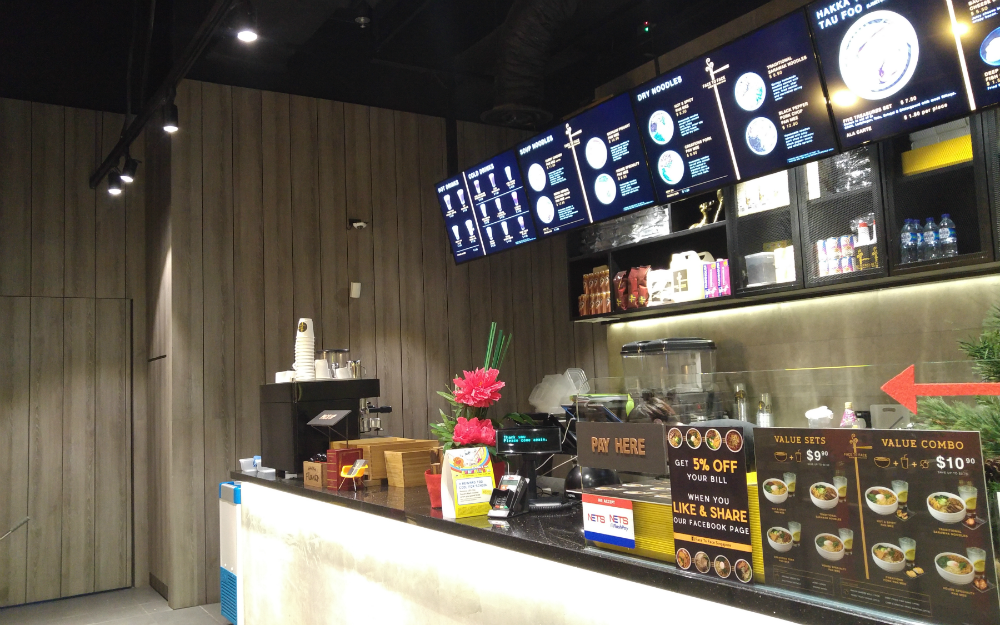
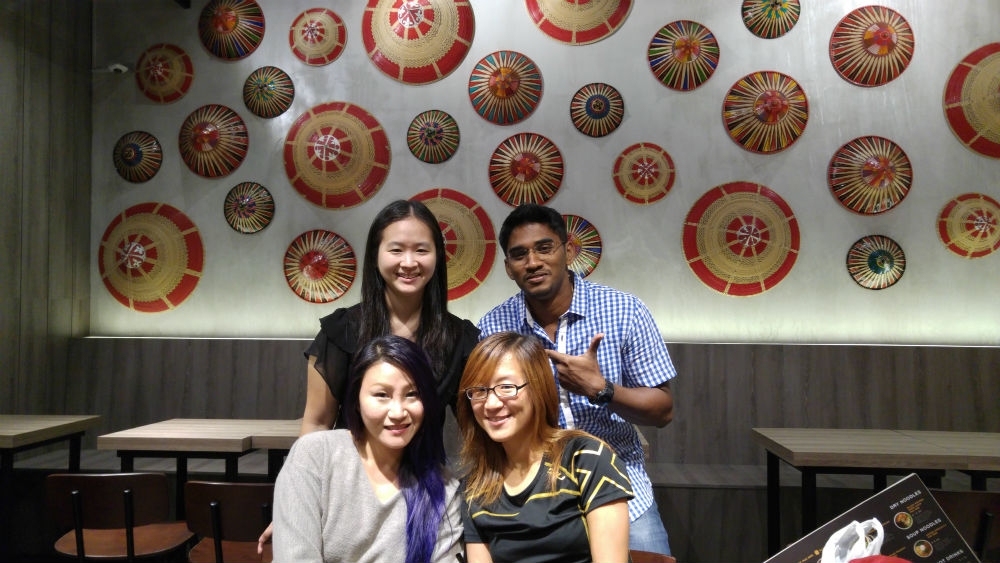
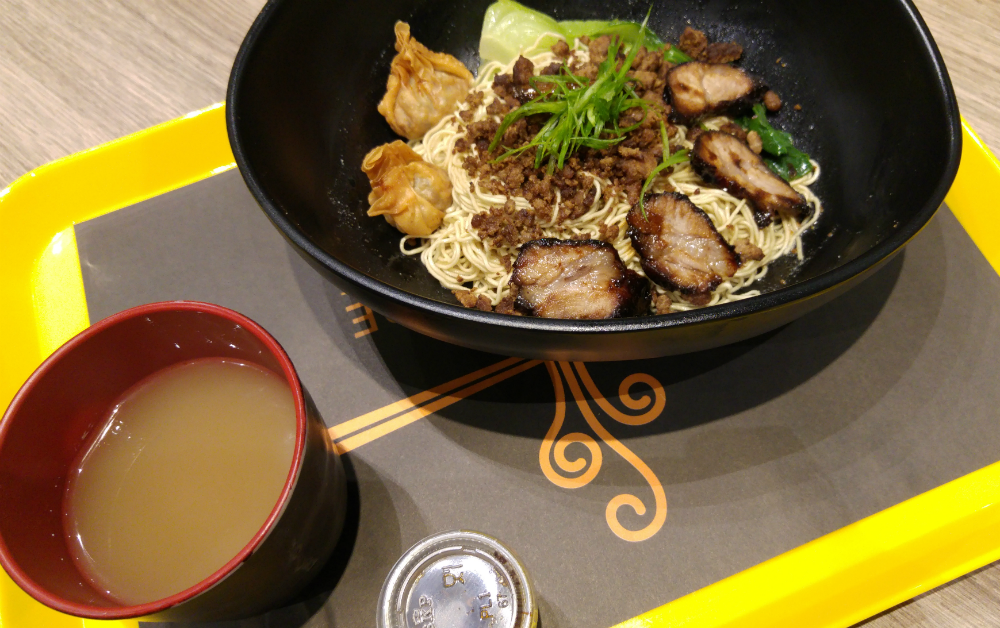
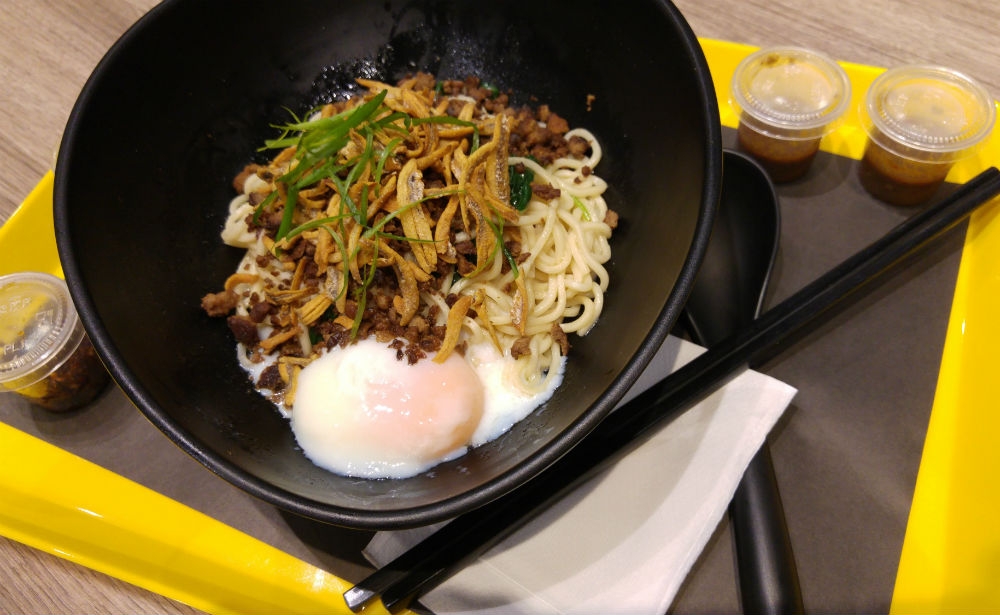
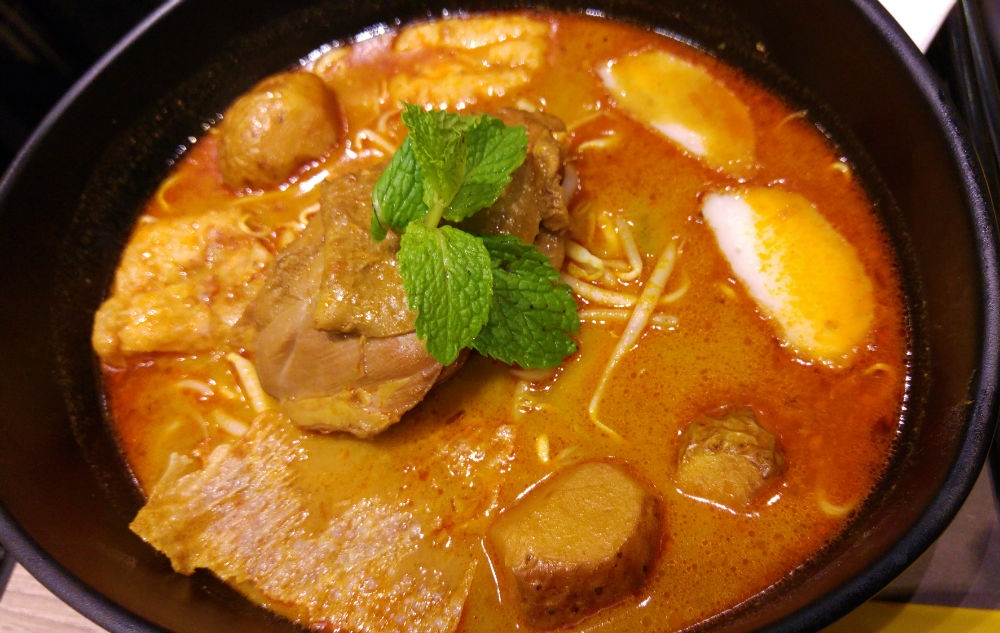
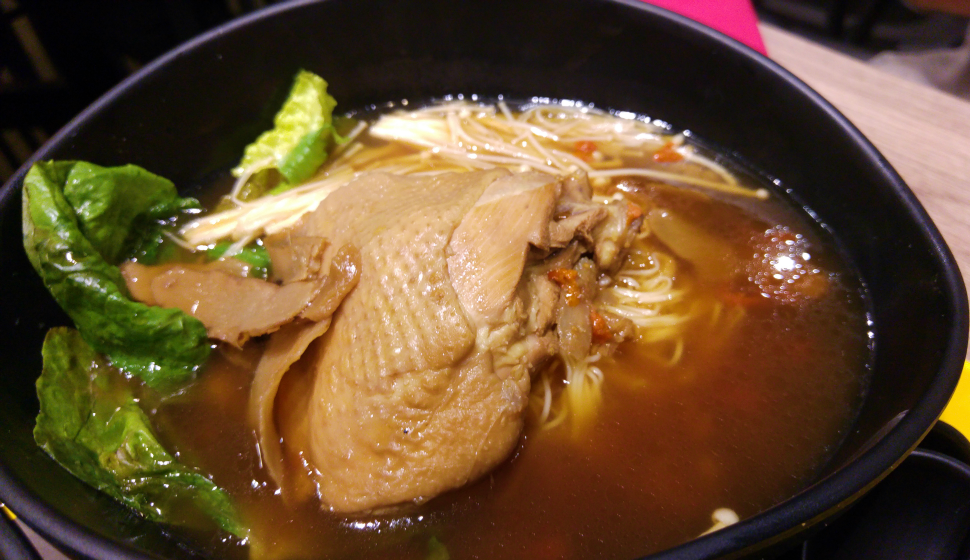
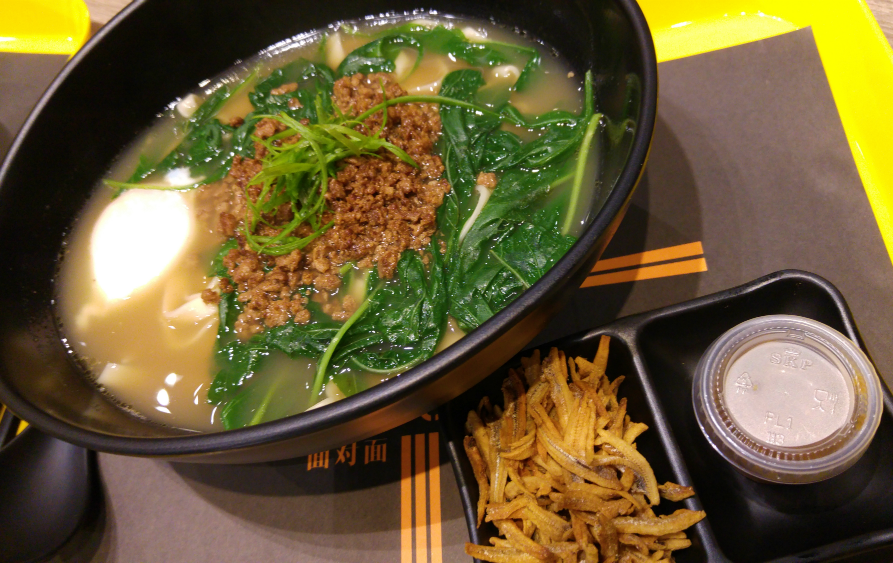
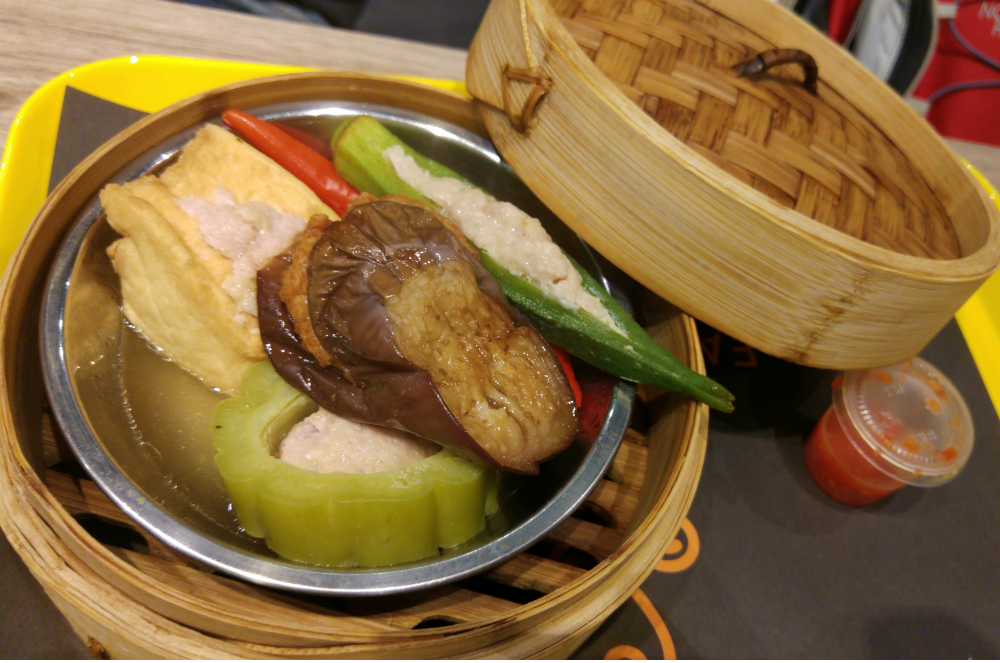
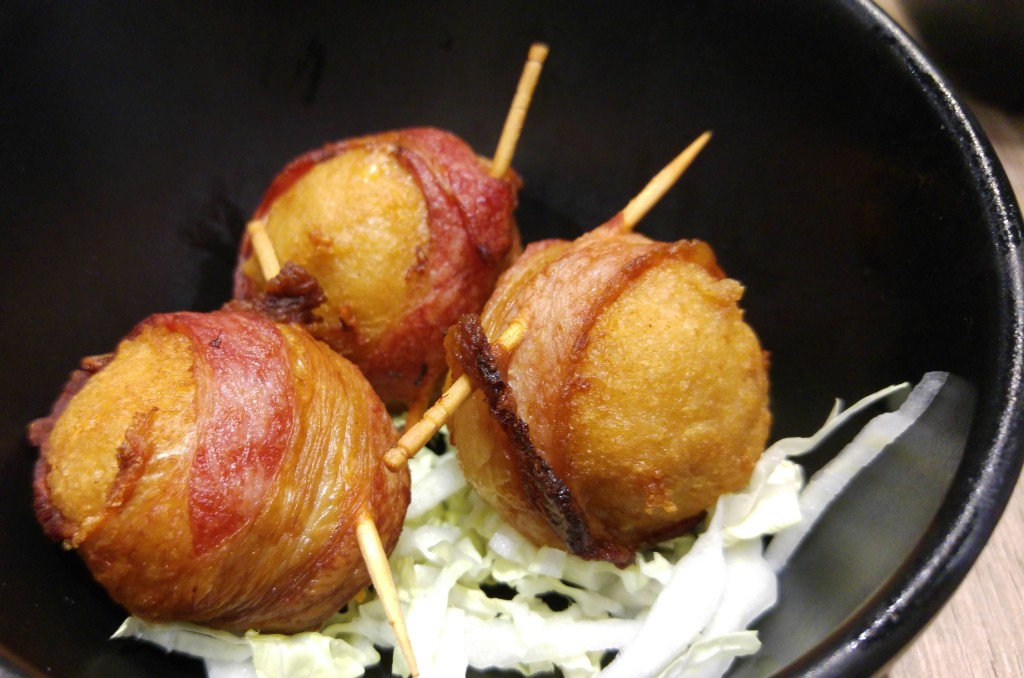
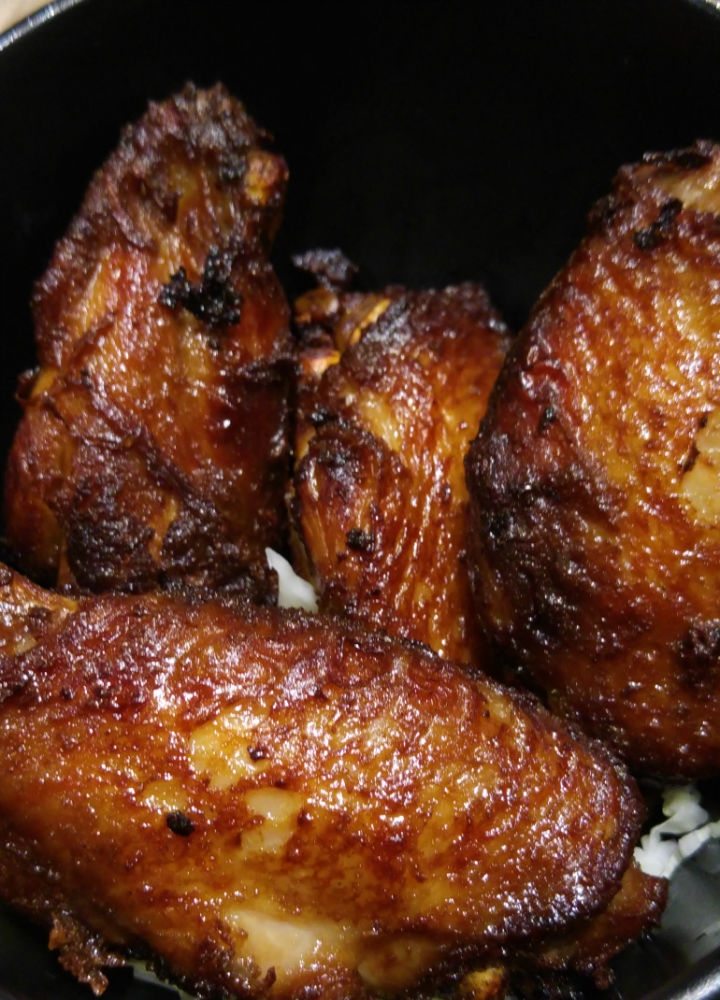
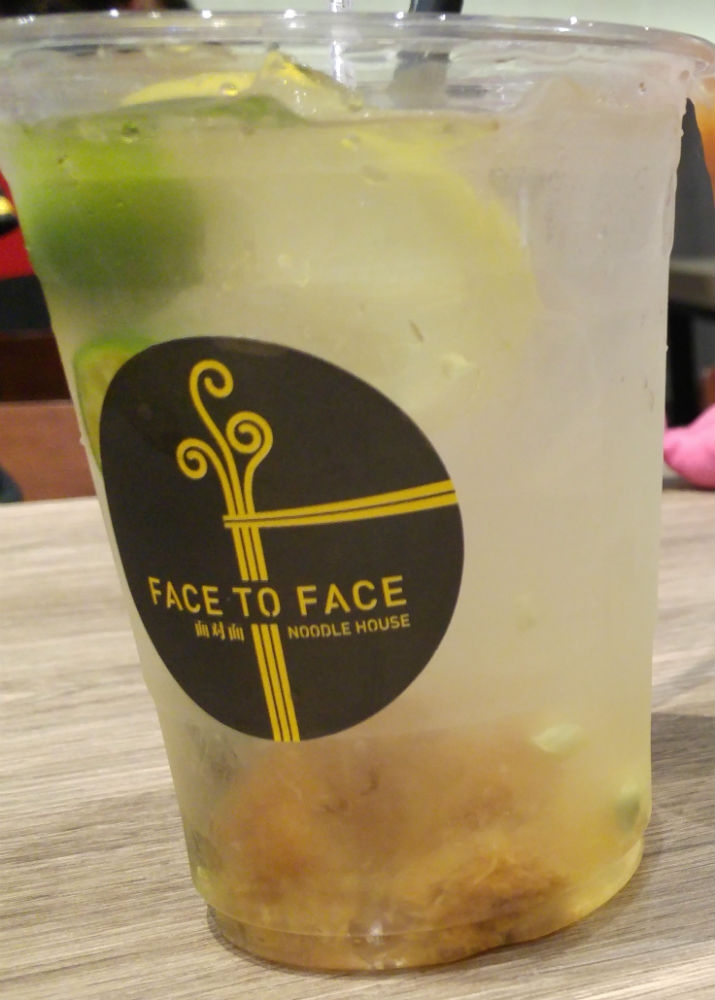
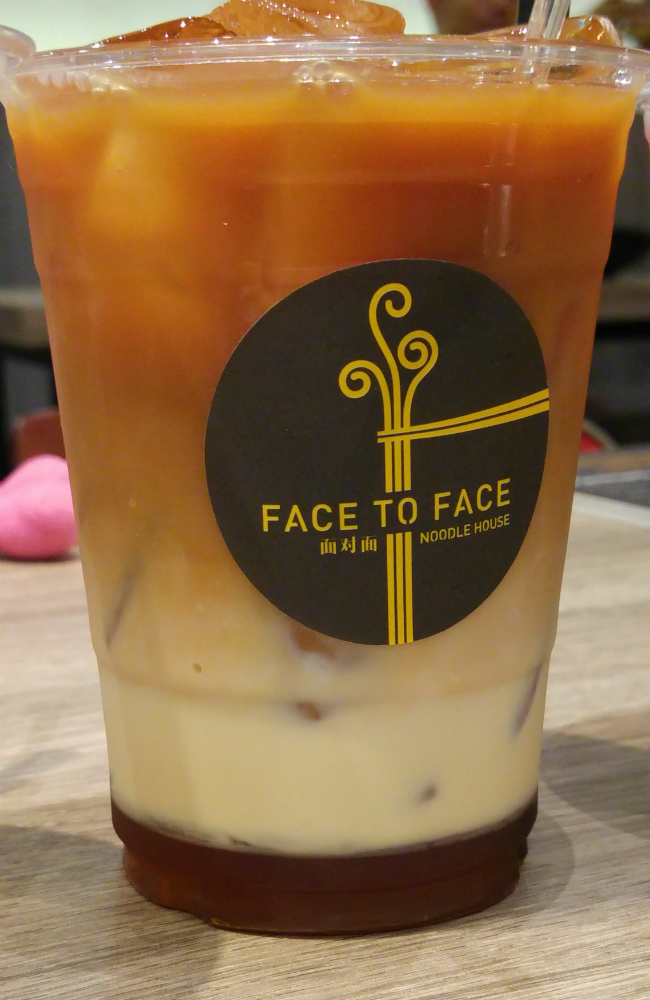
Leave a Comment